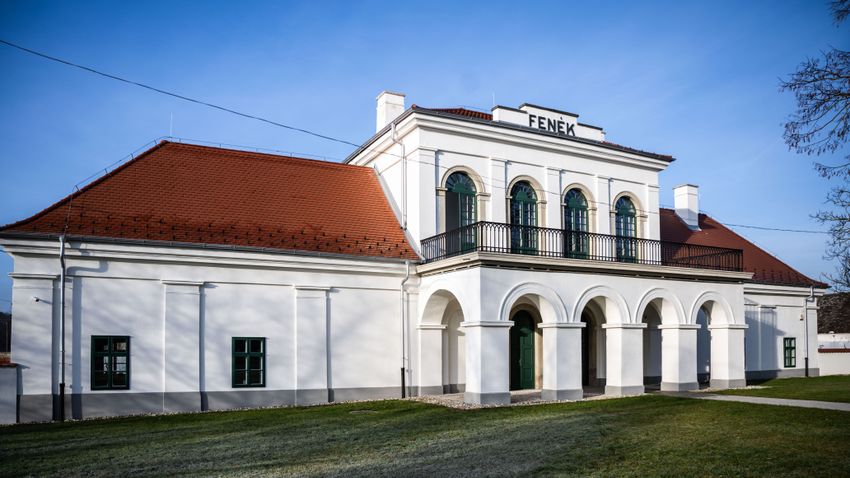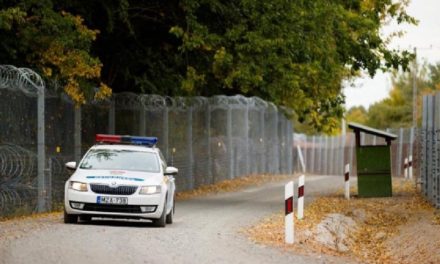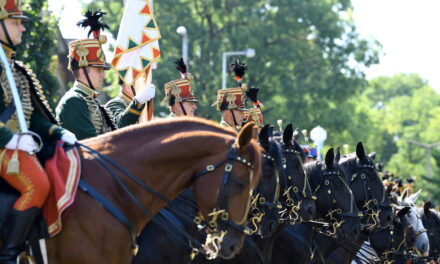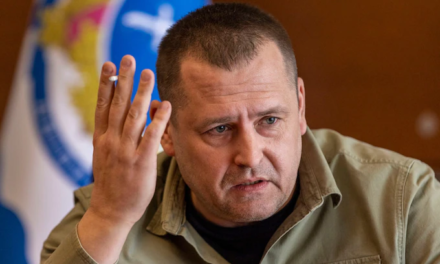The National Castle and Castle Program has been closed, but is still being reconsidered. The developments near Keszthely were realized with HUF 3 billion.
For decades, the Fenékpuszta Festetics-majorság near Keszthely languished in a neglected, unworthy and dilapidated state, even though the building complex was once the home of a European-listed stud and an important establishment of a noble family with a significant influence on international politics and domestic agriculture. Thanks to the now ending National Castle and Castle Program totaling more than 40 billion:
the property was renovated at a cost of about 3 billion forints, and Zsanett Oláh, managing director of the National Heritage Protection Development Nonprofit Kft., explained the details at the December handover.
As part of the investment, the small castle was renovated, in which the everyday life of the Festetics family and the farm is presented. In the farmer's stable, a multi-functional community space has been created, in the gulya stable, equestrian life and horse racing are presented, and in the calf stable, visitors can learn about the science of horse breeding, among other things. The exhibition has opened and can now be visited, and according to Zsanett Oláh, Fenékpuszta can be the pride not only of the area, but of the entire country.
The executive also touched on the fact that this year they welcomed around 1.3 million visitors to their locations and held twice as many events as in 2022.
At the opening, member of parliament Bálint Nagy, the state secretary responsible for transport at the Ministry of Construction and Transport, spoke about how the people living here know what a rich heritage they are the guardians of. The Festetics created not only something significant, but also a lasting one, the region rests in spiritual and cultural terms on the foundation laid by their noble predecessors, furthermore, future development ideas are also fundamentally based on this heritage. Construction and Transport Minister János Lázár has not hidden it before,
how important he thinks it is to nurture and revive the noble heritage that was battered in the wake of Trianon and later dragged and partially destroyed by the communist regime established after 1945.
The commitment was also evident in his speech at the event in Fenékpuszta, which included the handover of a total of two EU-funded projects. Above all, however, he explained: in the future, the utilization of historical building complexes would be divided into three parts.
He explained: the Magyar Nemzeti Vagyonkezelő (MNV) Zrt. would entrust part of the building complexes, the subsequent utilization of which would be the responsibility of MNV Zrt. The state wants to continue to operate another part of the buildings under the management and organization of the National Heritage Development Nonprofit Kft. The Festetics castle in Keszthely and the Fenékpuszta major, but also the Széchenyi castle in Nagycenk, the Tisza castle in Geszt and the Esterházy castle in Fertőd also belong to this category.
At the same time, in the third part, the government will launch a castle adoption program by offering "big Hungarian companies, OTP, Mol, Richter and other companies with an international background, to adopt some castles worth saving", explained the head of the ministry .
The adopter must ensure that all Hungarians have access to these buildings, on the other hand, it is the responsibility of the adopter to "grow these buildings, that is, to spend significant sums from the result and profit", the government provides the opportunity.
"We encourage these Hungarian companies, which we have made successful, not only to distribute profits to shareholders in the form of dividends, but also to take responsibility for the fate of these old buildings for the benefit of the public" -
he said, congratulating him on the implementation of the program so far.
The government takes heritage protection to heart, which, according to Lázár, helps to understand the thousand-year Hungarian past, which the
"We created it in the Carpathian Basin and put it on Europe's table".
And then a short history lesson followed. How can Keszthely be connected to the film Napoleon, shown the other day? - the minister raised and then answered the question. Leaving her husband, the Duke of Monaco, Mary Hamilton, as a kind of 19th-century press sensation, married Tasziló Festetics, the family "threads" of Napoleon's first wife, Jozefina, thus partially reached Keszthely.
Lázár recalled: unfortunately, the heritage before 1945 cannot be reconstructed, it is lost forever. But presenting it is an important task for posterity, so even if the former stud, which was liquidated in an unclear manner, cannot move back, eleven horses will soon arrive at the stables in Fenékpuszta.
Although at that time the Festetics created an extra-profit economy here through agriculture, and later the English King Edward visited Keszthely many times, the family developed a significant network of European contacts, one of the means of which was the support of the very expensive equestrian sport. "Important people from Europe gave each other the handle here," he said.
Another interesting fact is that when Queen Elizabeth visited England, Tasziló Festetics accompanied her, where she met the importance of horse breeding and her later wife.
The tradition of horse breeding in Hungary is almost 500 years old, but at that time it was still not competitive in the Western sense. However, big things in those days were not decided on football pitches, but at horse races. This was the terrain of the elite. Tasziló then became one of the best-known horse breeders in Europe, he built a breeding farm of 31 individuals in Fenékpusztán with English experts at enormous cost. Festetics' horses came after my treasure, the minister pointed out.
This rich heritage is presented in an interactive way by the renovated Fenékpuszta major, suitable for holding events, and the related buildings.
Featured image: WOMAN













